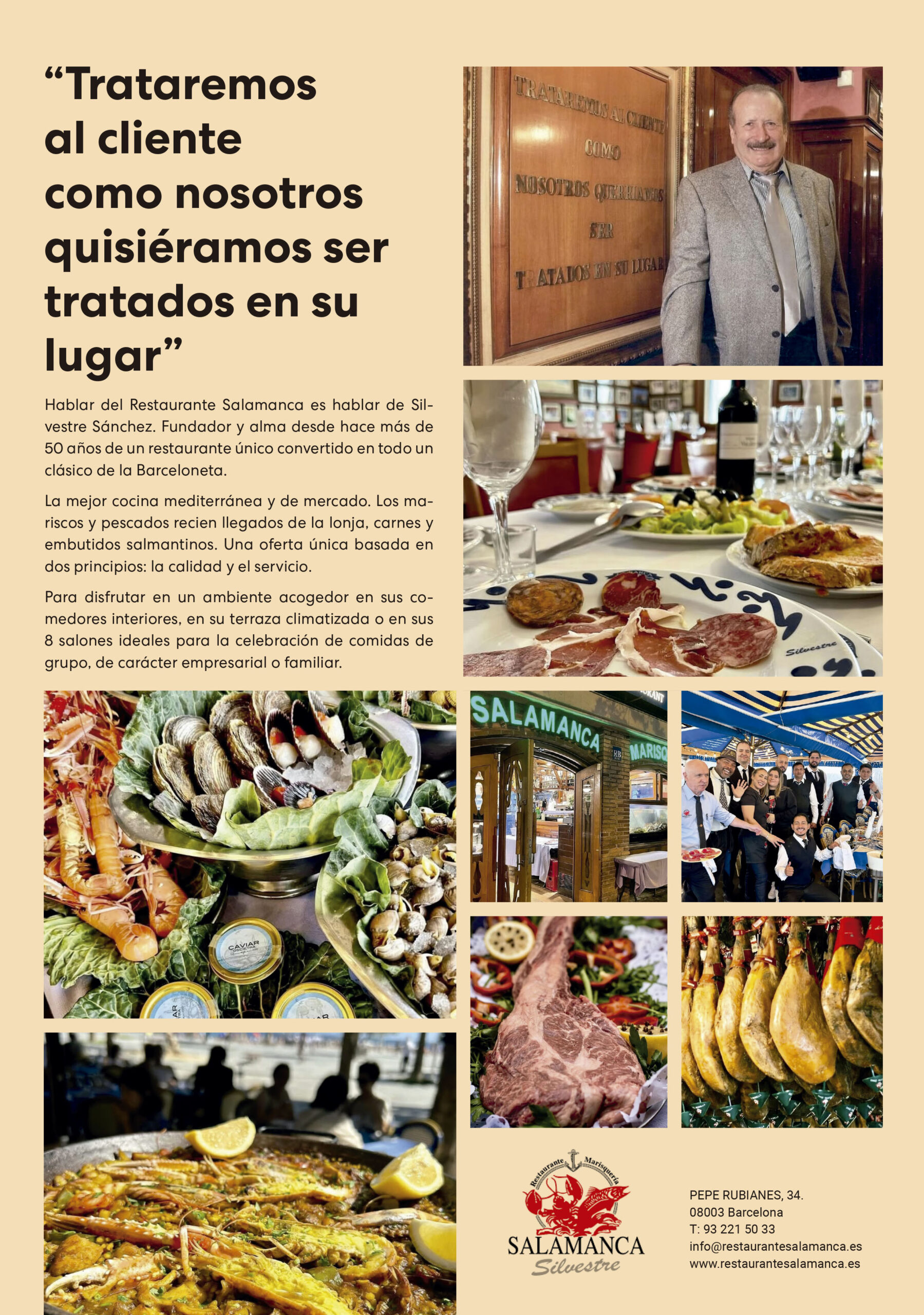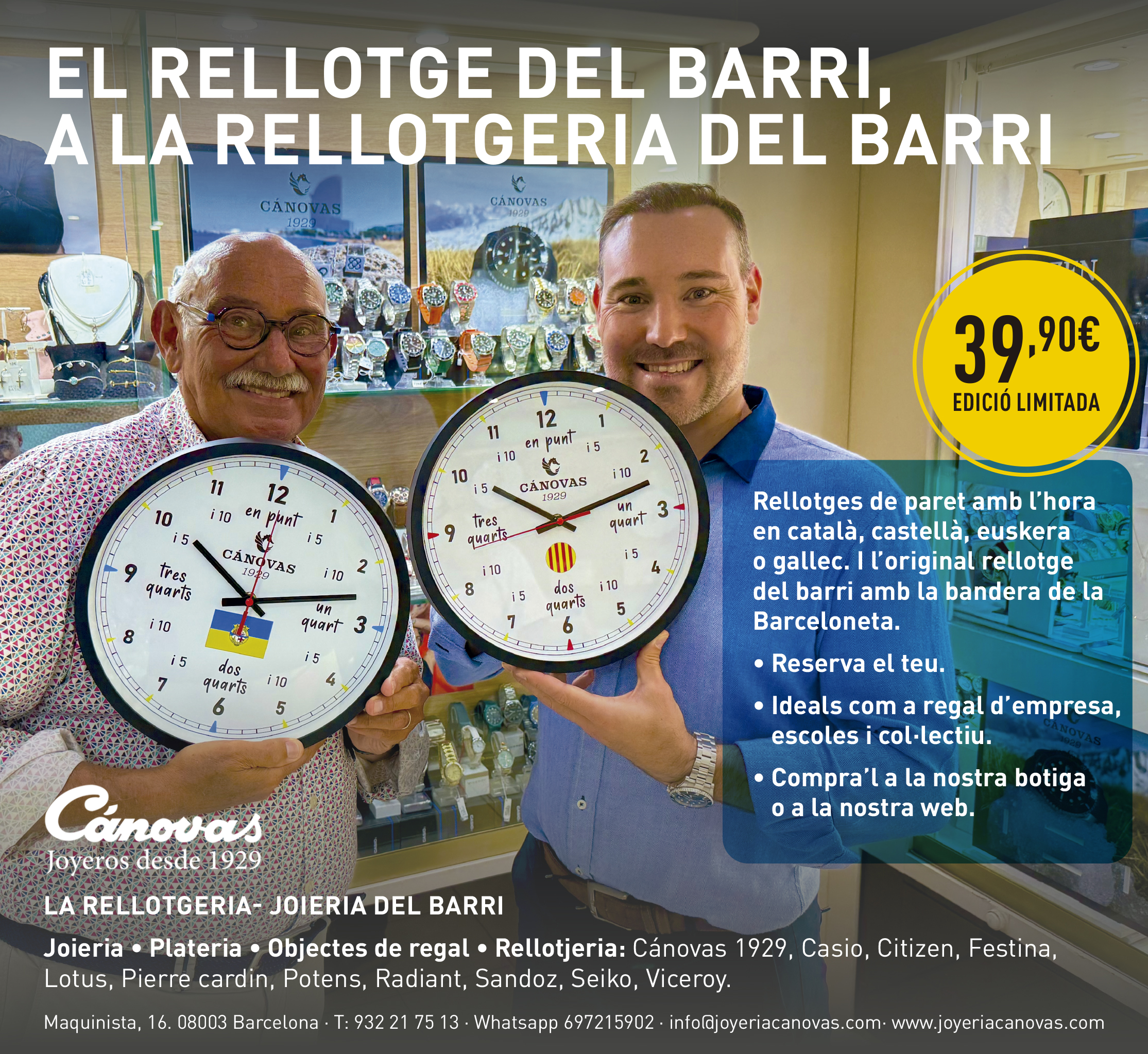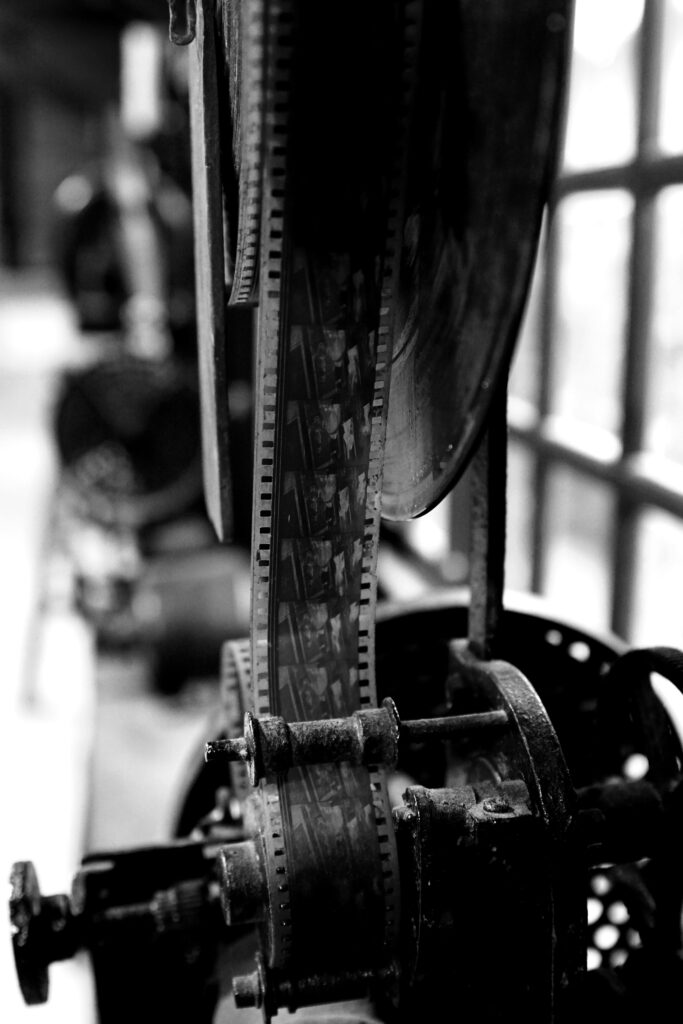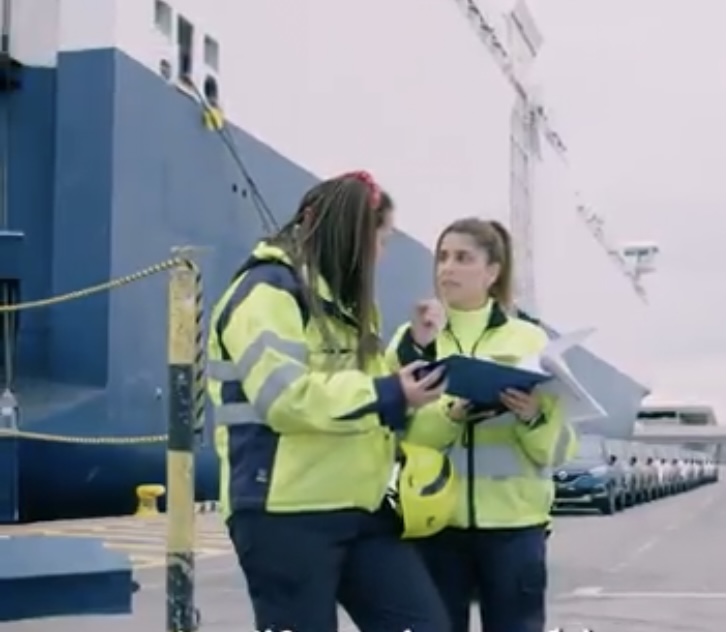Know, monitor, act. This is the strategy followed by the Port of Barcelona to care for and promote the biodiversity of its marine ecosystem. A little-known but very rich and interesting ecosystem. Sea horses, cuttlefish, groupers, sea bream, triggerfish, nudibranchs, stingrays, spirographs, octopuses, sponges, ascidians, sea squirts, starfish, sea urchins, eels, codium, and gorgonians are just some of the regular inhabitants of this seabed. And the list goes on, with more than 700 species recorded in the port’s aquatic environment.
“The water in the Port of Barcelona is an ecosystem, that is, a complex system with organisms that interact with each other. Some perform photosynthesis, others are predators, and so on. And we make every effort to ensure that, as far as possible, this ecosystem does not stray from the biodiversity of the Barcelona coast,” explains Javier Romo, head of Marine Environment at the Port of Barcelona. He is responsible for managing a database with some 12,000 species records, a key tool in the process of identifying marine biodiversity and an essential step in achieving the objective: to minimize the impact of port activity on the marine environment.
This strategy, promoted by the Port of Barcelona’s Department of Environmental Sustainability and Energy Transition, is being carried out in collaboration with multiple stakeholders.
More renewed waters
In the early 2000s, the opening of the new mouth of the Port of Barcelona had a beneficial effect on its inland waters, significantly reducing the time needed for these waters to be renewed. The construction of a new sewerage network, carried out at the same time, added to these benefits, eliminating pressure on biodiversity. And in recent years, further steps have been taken.
Ordinance regulating ship operations
Another important development took place last year with the entry of the Ordinance regulating ship operations into force, that may affect the quality of port waters and air quality. This ordinance establishes the conditions under which ships may carry out certain operations in the Port in order to reduce their environmental impact on both the marine and atmospheric environments.
With regard to the aquatic environment, the Ordinance establishes the conditions under which operations such as the discharge of ballast water, gray water, cleaning of tanks and holds, cleaning of submerged parts or parts above the waterline of ships, painting, and management of seawater from combustion exhaust gas cleaning systems, known as scrubbers, may be carried out in the Port of Barcelona. Most risky operations are prohibited or restricted in order to minimize the possibility of polluting port waters.
The goal: improving the marine environment
“We are open to any type of collaboration with any organization whose goal is to improve the marine environment. One example is the work we do with Anélidas to protect sea horses. Or with Ocean Ecoestructuras, which develops solutions to restore marine biodiversity and with which we have developed a protocol for detecting invasive species,” says Javier Romo.
There are also other projects in the pipeline. For example, the installation of an oceanographic buoy equipped with a hydrophone—an underwater microphone—to monitor noise from port activity and track cetaceans, or the use of biocompatible materials in breakwater blocks. In addition, in collaboration with the Barcelona Sea Sport Fishing Society and the University of Barcelona, a fish tracking system is being studied to gain a deeper understanding of their behavior. And we are working with the Cetacean Association on a project to install a cetacean observatory.










